The Charm of Mill Street in Warwick
A brief history and the present day
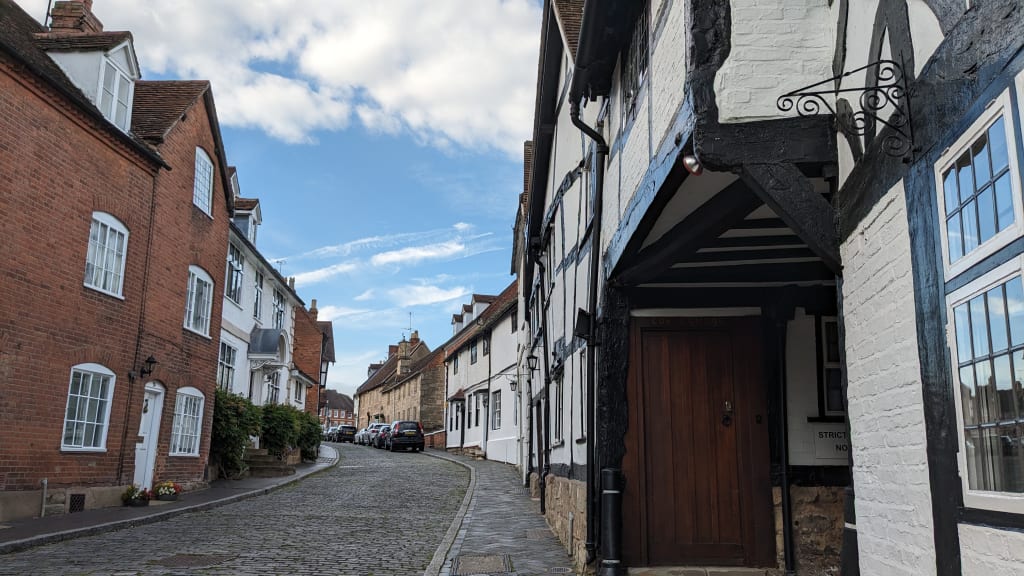
When I first entered the town of Warwick it felt like I had stepped into a book of fairytales. Everywhere I looked, there were charming buildings with beautiful gardens, wide streets and a spoonful of history in every inch of the enamouring town. Naturally, I chose to settle there.
In the heart of England lies the historic town of Warwick, founded by Ethelfelda, the sister of Edward the Elder in 914 AD. This hill-top site was overlooking an early riverside settlement along the river Avon at the time. Ethelfelda established the burh – an Anglo-Saxon centre which was used for defence purposes and included ordered plans and layouts (sometimes would include street grids) – to fortify the place in defence of Mercia against the Danes. It was one of the ten built at the time. The area surrounding the fortification almost certainly included the site where Warwick Castle was built. It was in 1068 that William the Conqueror built the castle. Soon Warwick became a borough – a town or district within a town which has its own council. Probably from the early 10th century, Warwick earned much of its prominence as the shire town. Only fragments of the medieval structures remain today including the West and the Eastgate of Warwick, The Lord Leycester Hospital and the Market Hall. The town we see now has been rebuilt since the 17th/18th century.
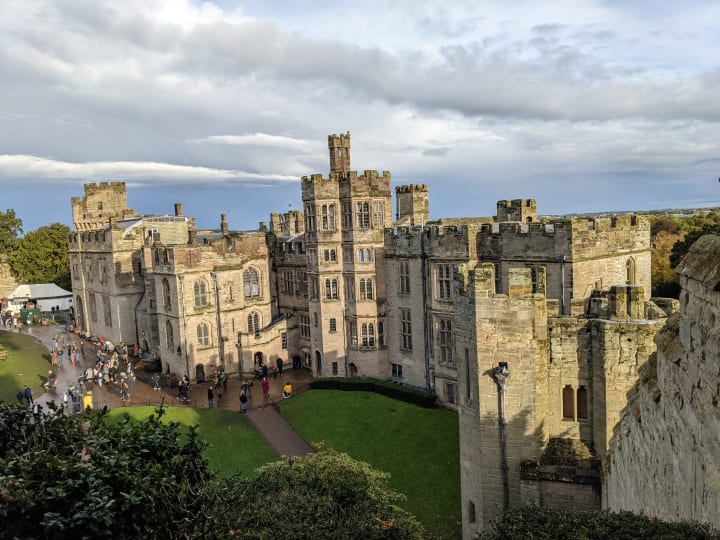
In the 1600s, houses in Warwickshire were famously made with oak wood, thatched roof without good structures for chimneys that could stop the houses overheating from the fire in the fireplace. There were some structures built with Triassic sandstone found in the quarry near the town. On 5th September 1694 a spark from a torch being carried in the high street started The Great Fire of Warwick and it was six hours before it was extinguished. The fire severely damaged the Collegiate of St. Mary’s Church and the buildings in its vicinity. The thatched roofs acted as the conductors of the fire that spread throughout the town and was banned from use since. Many buildings on the inner side of the castle were destroyed however, Mill Street, which lies on the outer side of the castle, was one lucky street among very few that survived the Great Fire untouched.
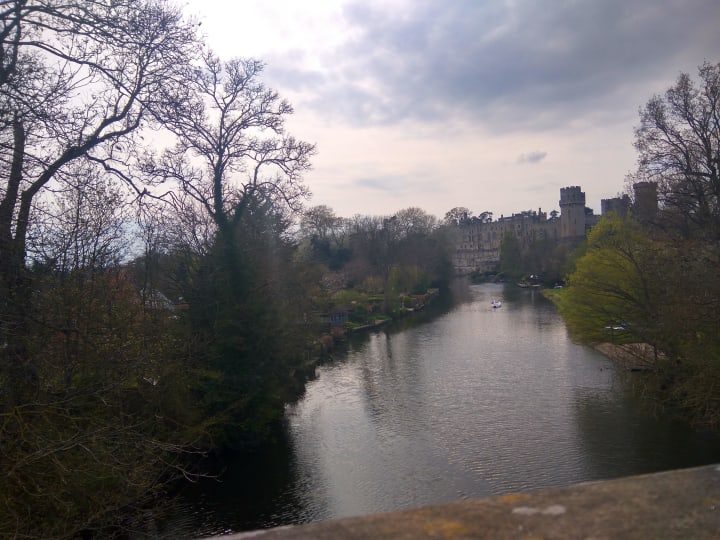
Warwick was being rebuilt and in 1788 the Earl of Warwick, George Greville, obtained an Act of Parliament which allowed him to build a new bridge (today known as Castle Bridge) in place of The Great Bridge. It was in such disrepair that it had become unsafe for use. Earl of Warwick is one of the most prestigious titles in England held in the peerages (a legal system historically comprising of hereditary titles). The earldom was traditionally associated with the possession of Warwick Castle in its feudal form. The title has been created four times in the history of England and when earldom was revived in 1759 by Frances Greville, the Greville family, unlike some of their predecessors were in possession of the castle. The significance of the newly built bridge was that it was being constructed further away from the castle which led to the expansion of the estate held by the earl. In 1788, the earth was moved at the lower crest of the hill around the castle now called Castle Hill. The earl was empowered to take in Castle Street, the former Castle Hill, the old bridge, the Back Hills and the Vineyard Lane. Houses on Mill Street, Castle Street, the Back Hills and among them the porter’s lodge were being demolished in 1787-1788. This allowed the construction of a new road which divided St. Nocholas Park and joined Castle Bridge to the town of Warwick. The Great Bridge which fell in possession of the earl collapsed in a flood, the remains of which still stand as picturesque ruins visible from the castle.
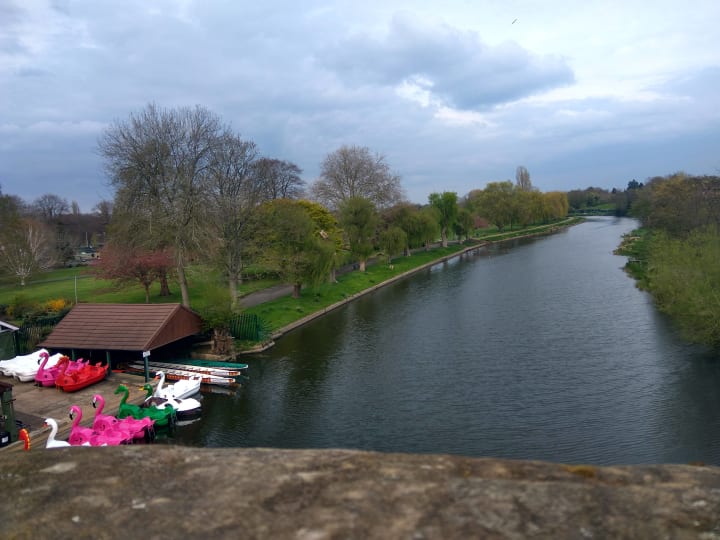
The remaining houses on Mill Street continued to be inhabited and have been maintained as heritage buildings in the modern times. Although Mill Street only comes as passing mention in many of the historical documents, it seems like the prime location which has witnessed and has been part of so many historical events. The Guardian has chronicled some historical events in the modern times written by Maev Kennedy in an obituary in 1999. Let’s jump to the 20th century when some wonderful things happened to the street.
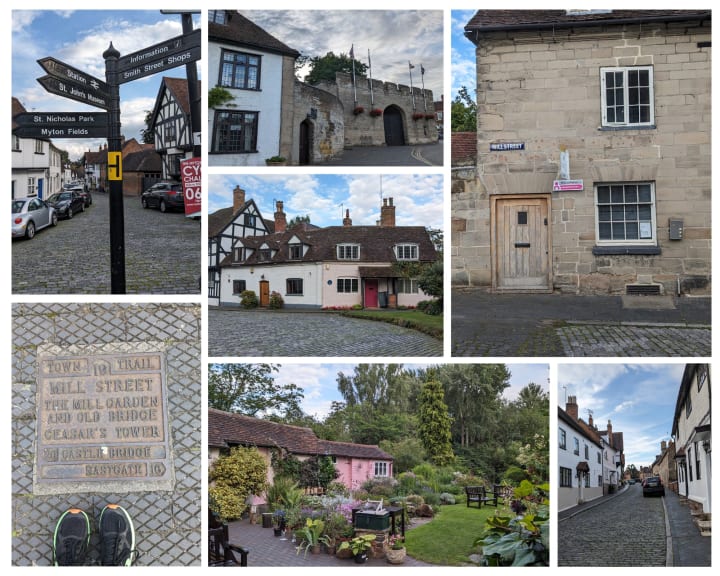
In 1936, Arthur Measures, a Barclays bank employee married Violet Bray and they moved to a cottage on Mill Street. They created an enchanting garden which framed the flank of the Castle, with the ruins of The Great Bridge in sight and across the river Avon. The garden enabled quaint views of the historical structures surrounding it. The garden was opened to visitors for one weekend to raise some money for charity for restoring St Mary’s Church in Warwick. Gradually though, Arthur and Violet acquired many more charities and eventually their garden opened from Easter to October.
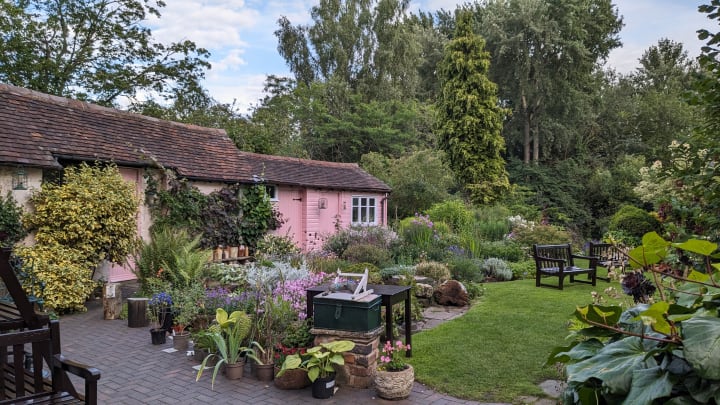
Today the garden created with such love and care is known as Mill Gardens and is open to public to visit with a small fee of £3. The Great Bridge acted as a roadway in the medieval times which led across where there are now lawns and flowers. Swans have been found nesting in the shelter of the ruins on occasion.
In 1959, it was discovered that the cottages on Mill Street were about to be sold by the Earl of Warwick along with some other properties to a Birmingham property developer. Arthur Measure organised a syndicate (with Barclays loan) to outbid the property developers and bought all the cottages for £610,000 and divided the leases. So, Mill Street was freed from the estate owned by the Earl of Warwick.
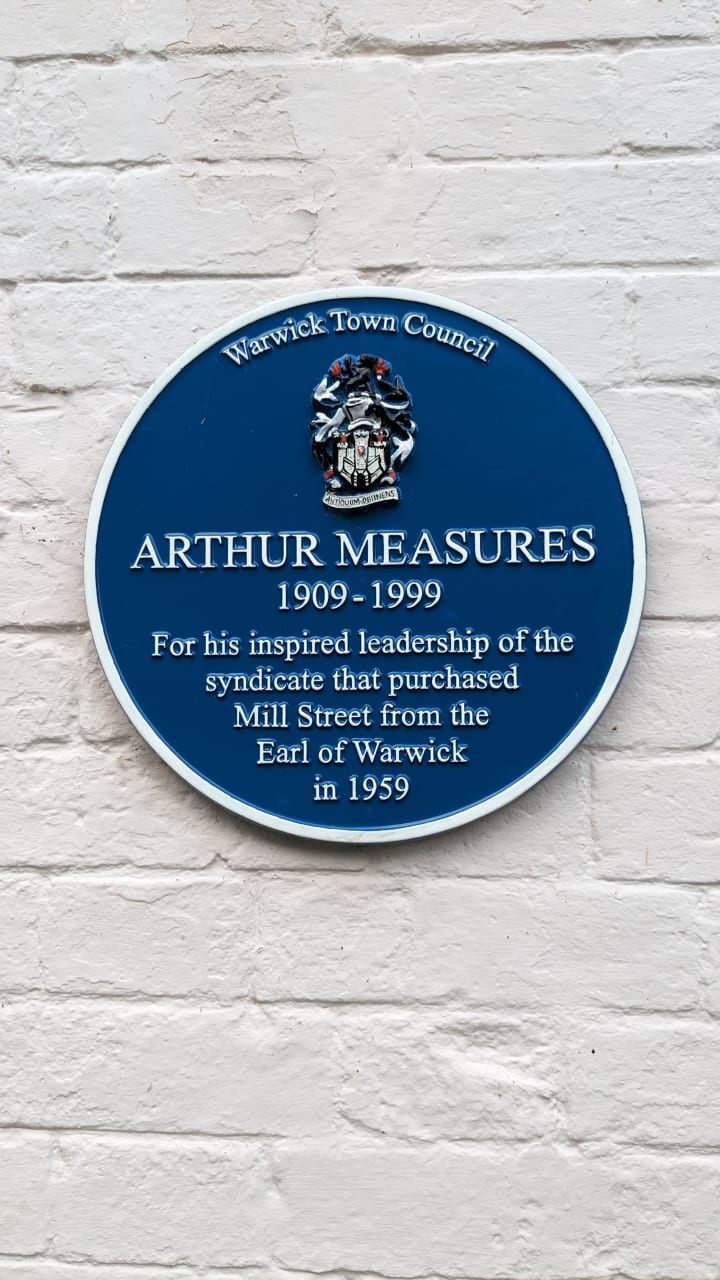
In recent times, the houses on Mill Street have been put up for sale many a times and has changed owners who had the freedom to buy and sell these properties as their own. The cobbled street is filled with pretty architecture on either side which are in abundance of the Tudor and Georgian features. The street is preceded by a roundabout and at the opening there is one of the entrances to the castle. I always feel like I have entered a different age when I walk into the street (and I visit it often). The houses become quainter the further we walk, leading up to the grand visage of Caesar’s Tower of the castle and opposite it lies the exquisite garden. At the end of the street, we can hear the rushing water from river Avon as well the sounds of peacocks, geese, swans, or ducks in and around the castle. Walking into Mill Street truly is a synesthetic experience.
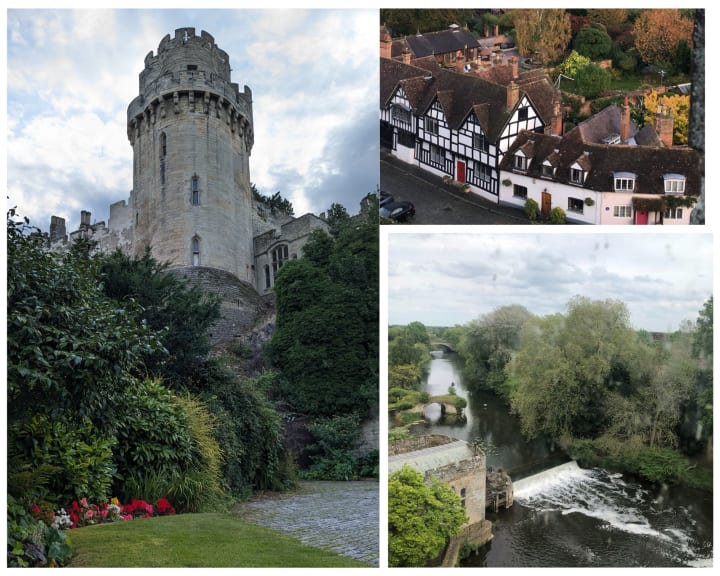
References:
Alec Clifton-Taylor, 1981, Six More English Towns, BBC.
Loftus, D. (2021, August 17). The Mill Garden - Visit Warwick. Visit Warwick. https://www.visitwarwick.co.uk/the-mill-garden/
Kennedy, M. (1999, November 17). Arthur measures. The Guardian. https://www.theguardian.com/news/1999/nov/17/guardianobituaries.maevkennedy
"The borough of Warwick: Introduction, the county town." A History of the County of Warwick: Volume 8, the City of Coventry and Borough of Warwick. Ed. W B Stephens. London: Victoria County History, 1969. 447-451. British History Online. Web. 3 August 2023. http://www.british-history.ac.uk/vch/warks/vol8/pp447-451.
"Warwick." Britannica Library, Encyclopædia Britannica, 16 Aug. 2013. library.eb.co.uk/levels/adult/article/Warwick/76161#. Accessed 3 Aug. 2023.
Warwick History. (n.d.). Web. 3 August 2023 https://www.cotswolds.info/places/warwick/history.shtml
About the Creator
Aarushi Shetty
MA Creative Writing/ BA (Hons) English and Creative Writing
Published in Popshot Magazine, The Quiet Reader and CovWords Magazine






Comments
There are no comments for this story
Be the first to respond and start the conversation.